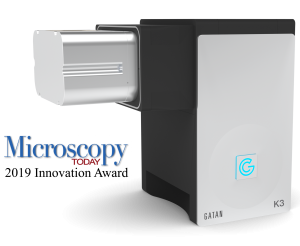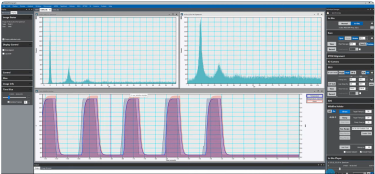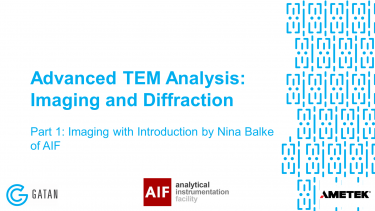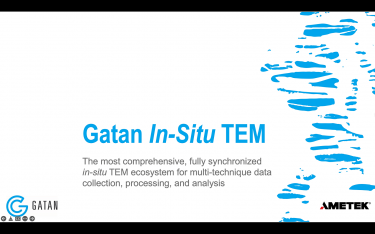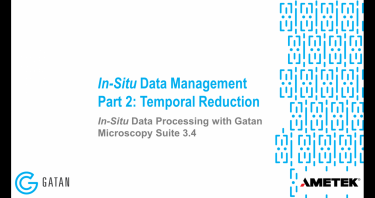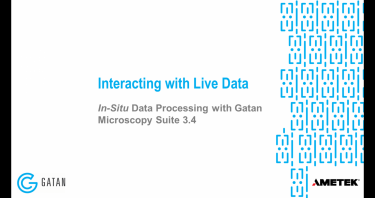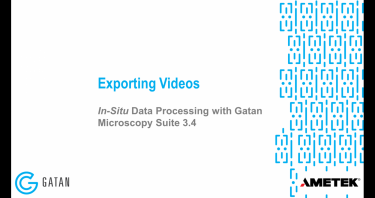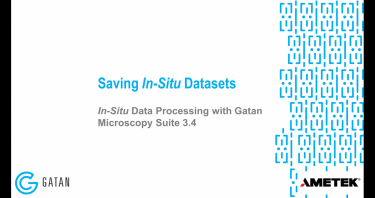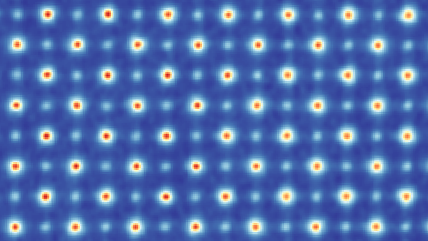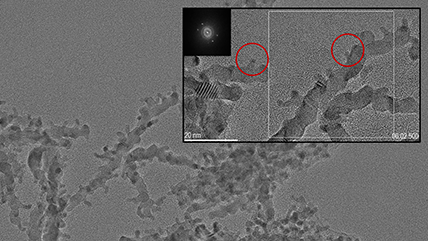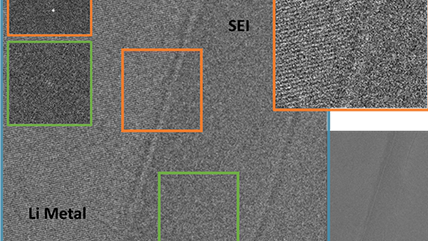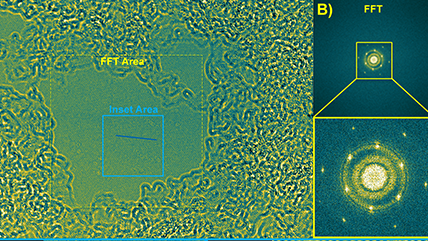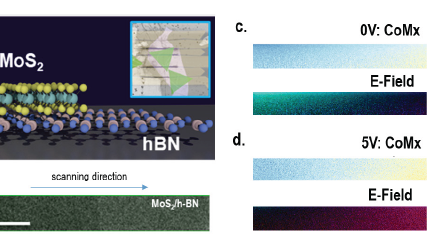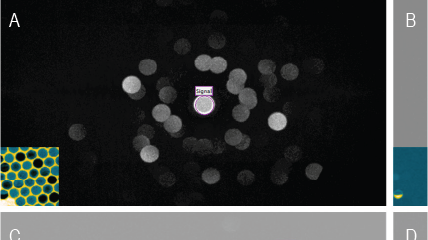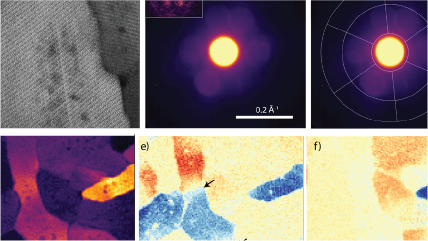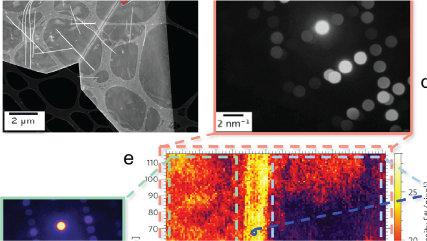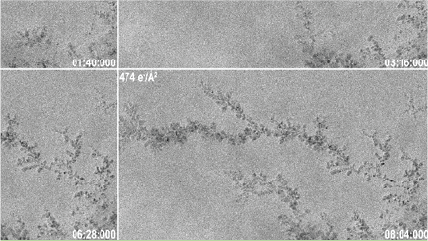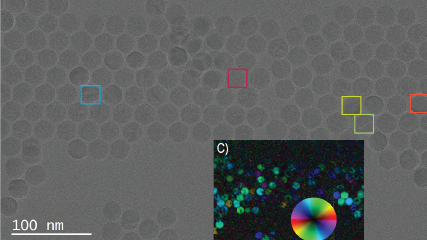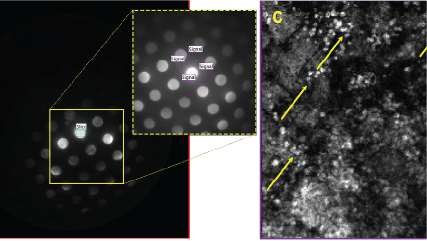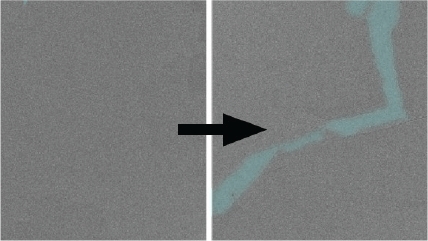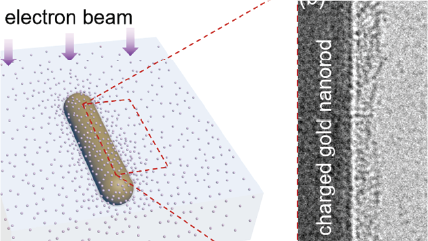Advantages:
K3® IS – The world’s only counting, high-speed, large-format camera for in-situ transmission electron microscopy (TEM). With an unprecedented temporal resolution, this true next-generation camera collects the ultimate in-situ data to extend the K3’s resolution revolution into material science.
Better
- See your sample, not beam-induced artifacts
- Capture the highest-quality, low-dose, in-situ video with the industry-leading DQE and sensitivity
Faster
- Count single electrons at unsurpassed speeds
- 250 frames per seconds (fps) at full field of view saved to disk in real-time
- >3500 fps at 256 x 256 pixels saved to disk in real-time
- Shorten time to results with the market-leading DigitalMicrograph® in-situ processing utilities and free offline tools
Larger
- Expand the field of view to 14- or 24-megapixels – Up to 1.65 times the size of the K2® IS camera
Models 1026, 1027
Datasheet
Applications
Acknowledgment
Continuing our prosperous collaborations that built the K2, the K3 is the successful result of Peter Denes' team at Lawrence Berkeley National Laboratory and David Agard.
